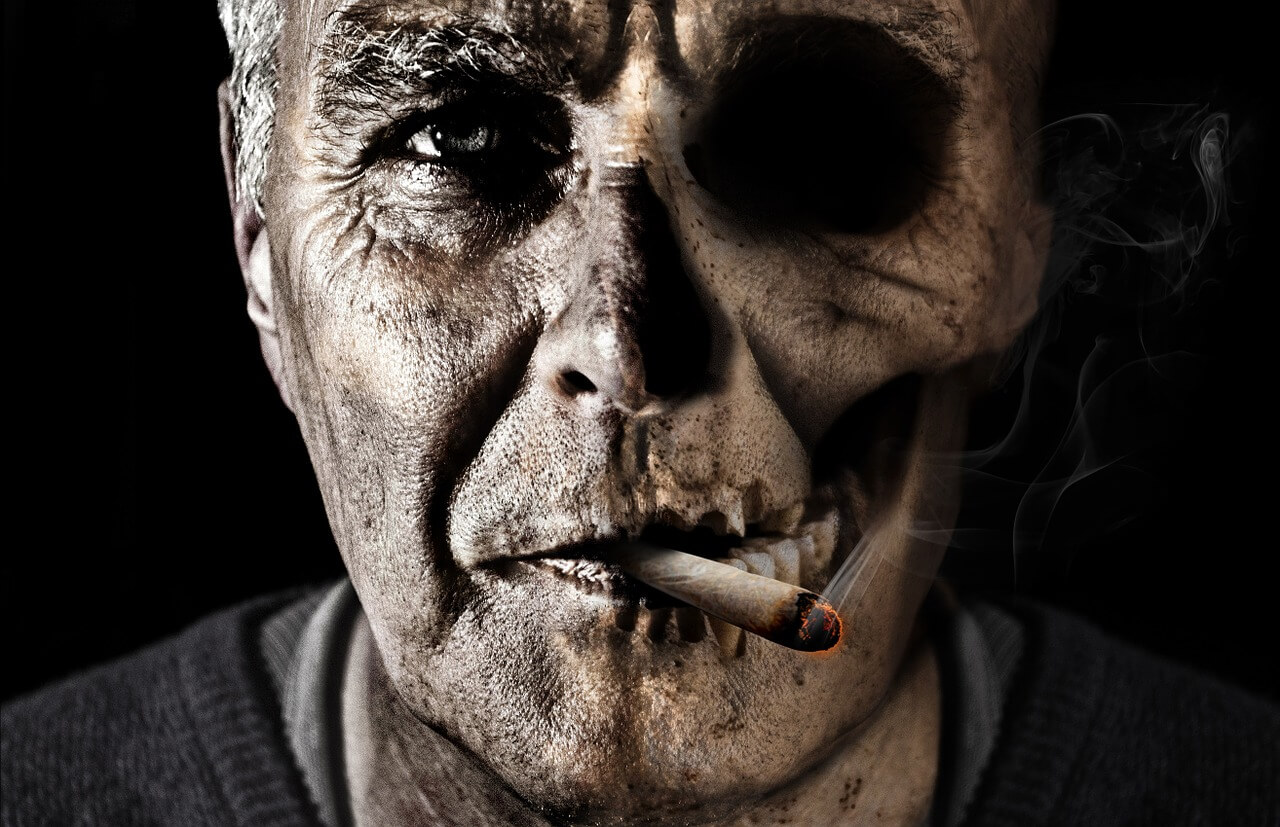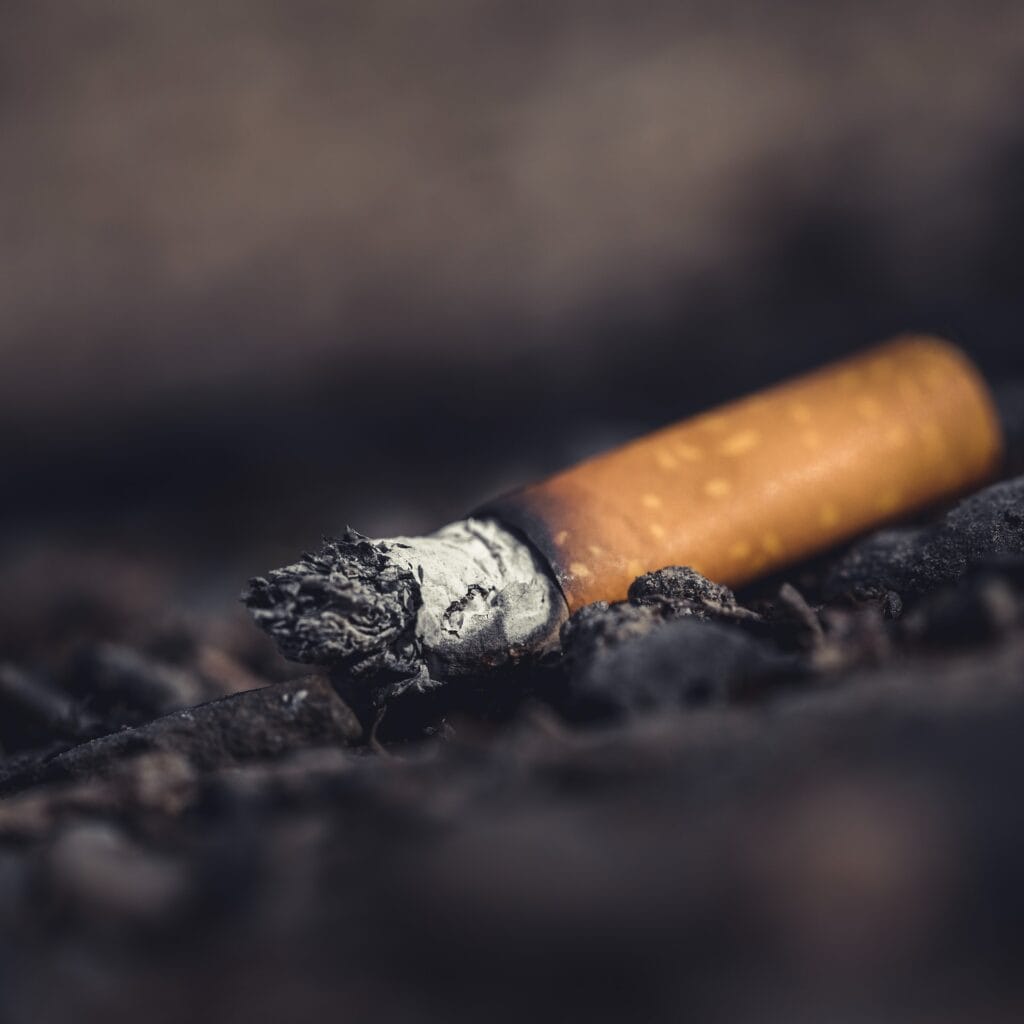Is smoking only the Reason for COPD in the USA? Causes and Treatment.


In the United States, Chronic Obstructive Pulmonary Disease (COPD), is the fourth greatest cause of mortality.
Table of Contents
ToggleWhile tobacco smoke is the leading cause, one in every four patients with COPD has never smoked.
COPD can also be caused by air pollution at home (secondhand smoking), at work (fumes), and heredity.
Chronic obstructive pulmonary disease or COPD is the third leading cause of death in the world, and its global burden is predicted to increase further.
Even though the prevalence of COPD is well studied, only a few studies examined the incidence of COPD in a prospective and standardized.
What is COPD?
Chronic obstructive pulmonary disease, or COPD, is a set of disorders that produce airflow obstruction and breathing difficulties.
It consists of emphysema and chronic bronchitis.
COPD makes it difficult for the 16 million Americans who suffer from the condition to breathe. Millions more people have COPD but have not been identified or are not receiving treatment. COPD can be treated, even though there is no cure.
What Causes COPD?
Chronic obstructive pulmonary disease (COPD), which includes chronic bronchitis and emphysema, can be caused by irritants that harm your lungs and airways over time. Smoking is the leading cause of COPD, although nonsmokers can develop it as well.
Smoking
Tobacco smoking is a major contributor to the development and progression of COPD in the United States. Cigarette smoking is responsible for 85 to 90 percent of all COPD cases.
When a cigarette burns, it emits over 7,000 compounds, many of which are toxic. Toxins in cigarette smoke damage your lungs’ fight against infections, constrict airways, create swelling in air tubes, and destroy air sacs—all of which contribute to COPD.
Environment
What you breathe every day at work, at home, and outside can all contribute to the development of COPD.
COPD can be caused by long-term exposure to air pollution, secondhand smoke, and dust, gases, and chemicals (frequently at work). Indoor air quality is considered to play a bigger effect in underdeveloped countries than it does in the United States.
Early identification of COPD has the potential to alter its course and progression.
Alpha-1 Deficiency
A tiny percentage of persons develop alpha-1 deficiency-related emphysema, an uncommon type of COPD. This kind of COPD is caused by a genetic (inherited) issue that impairs the body’s capacity to create an anti-inflammatory protein (Alpha-1) that protects the lungs.
What are the different types of COPD?
1. Emphysema 2. Chronic Bronchitis is the two most common kinds of COPD. COPD is classified into four phases, ranging from moderate to severe. A persistent cough, shortness of breath, and wheezing are some of the symptoms.
1. Emphysema:
Emphysema develops over time and is characterized by the slow deterioration of lung tissue, notably the alveoli (tiny air sacs).
This damage gradually leads the air sacs to burst, resulting in one large air pocket rather than several little ones. This decrease in lung surface area confines air in the injured tissue and prevents oxygen from entering the circulation.
Furthermore, the obstruction leads the lungs to gradually overfill, making breathing increasingly difficult.
Emphysema has been diagnosed in over three million persons in the United States.
Because it is so closely connected to smoking, emphysema is one of the most avoidable respiratory ailments.
Smoking is the leading cause, but air pollution, an alpha-1 antitrypsin deficiency, and respiratory infections can all play a role.
Emphysema symptoms and signs take years to develop, but once they do, they typically include shortness of breath, mucous coughing, wheezing, and chest tightness.
To diagnose emphysema, many tests are required, including chest X-rays, pulse oximetry, spirometry, and pulmonary function tests, and arterial blood gas test, and an electrocardiogram (ECG).
2. Bronchitis:
Bronchitis is a condition in which the airways in your lungs, known as bronchi, become inflamed. This inflammation can result in severe coughing fits with mucus production, wheezing, chest discomfort, and shortness of breath. Acute and chronic are the two primary categories.
Chronic bronchitis, as opposed to acute bronchitis, which often originates after a respiratory infection such as a cold and resolves in a week or two, is a more dangerous illness that develops over time.
Symptoms may improve or worsen, but they will never totally go. Long durations of inflammation cause sticky mucus to accumulate in the airways, resulting in long-term breathing problems.
Chronic bronchitis is one of the lung disorders that compose COPD, along with emphysema (chronic obstructive pulmonary disease). A variety of therapies are available to help reduce symptoms and alleviate breathing issues.
Is asthma considered COPD?
Is it possible that COPD and asthma are the same things? No. Chronic obstructive pulmonary disease and asthma are both lung disorders that make breathing difficult. They are, however, two distinct illnesses.
What is the relationship between Asthma and COPD?
One significant distinction is that asthma generally induces bouts of wheezing and chest tightness. COPD symptoms are often more persistent and might include a cough that produces mucus.
What are the signs and symptoms of COPD?
There may be no symptoms or relatively moderate symptoms in the early stages of COPD, such as:
- A persistent cough (often referred to as “smoker’s cough”)
- Shortness of breath, particularly during vigorous activity
- Sneezing (a whistling sound when you breathe)
- Chest constriction
As the condition progresses, the following symptoms may appear:
- Have difficulty catching your breath or speaking?
- Lips and/or fingernails that are blue or grey (a sign of low oxygen levels in your blood)
- Problems with mental acuity
- A rapid pulse
- Swelling in the ankles and feet
- Loss of weight
The severity of your COPD symptoms is determined by the state of your lungs. If you continue to smoke, the harm will worsen faster than if you stop. 39 percent of the 15 million persons in the United States with COPD continue to smoke.
What are the COPD complications?
When compared to non-COPD individuals, persons with this condition are more prone to:
- Have limits in your daily activities, such as difficulties walking or climbing stairs.
- You will be unable to work.
- Special equipment, such as portable oxygen tanks, is required.
- Avoid social activities such as eating out, visiting places of worship, attending group events, or gathering with friends or neighbors.
- Experienced greater disorientation or memory loss.
- Increase the number of emergency department visits or overnight hospital stays.
- Have arthritis, congestive heart failure, diabetes, coronary heart disease, stroke, or asthma.
- Suffer from depression or other mental or emotional disorders.
COPD is diagnosed in what way?
Spirometry, a simple test, can be used to monitor pulmonary—or lung—function and diagnose COPD in anybody who has breathing issues.
The Ways to Lower Your COPD Risk:
If you are concerned about developing COPD, there are precautions you may take.
1. Stop Smoking if you are a smoker. The single most essential thing a smoker can do to live a longer and better life is to quit smoking. The American Lung Association offers a variety of programs to assist you in quitting smoking for good.
2. Don’t start smoking if you don’t already. Tobacco usage is linked to COPD, lung cancer, heart disease, and other malignancies.
3. Avoid being exposed to secondhand smoking. Make your house a smoke-free zone. You will not only safeguard yourself but also your family. Learn about your rights to a smoke-free workplace and public spaces.
4. Other hazards should be avoided. Take precautions to protect yourself from chemicals, dust, and fumes at home and work.
5. Contribute to the fight for clean air. Collaborate with people in your neighborhood to improve the quality of the air you and your family breathe.
At the point when you are determined to have a chronic obstructive pneumonic illness (COPD), which incorporates ongoing bronchitis and emphysema, you probably will have many inquiries and the appropriate responses may not generally be clear from the get-go.
Not all individuals with COPD have similar side effects and treatment might vary from one individual to another. It is essential to converse with your PCP about your treatment choices and to find solutions to your inquiries as a whole.
COPD treatment can reduce side effects, decline the recurrence and seriousness of intensifications, and increment practice resilience. Treatment choices that your doctor might consider include:
Stop smoking.
The most crucial aspect of treatment for smokers is smoking cessation.
Tobacco smoking and other air pollutants should be avoided at home and work.
Rehabilitation:
Inquire with your doctor about pulmonary rehabilitation, a customized therapy program that teaches COPD management skills to enhance the quality of life. Programs may include regimens that educate patients on how to breathe properly and save energy, as well as food and exercise guidance.
Take your medicine.
Medication can be used to address symptoms such as coughing or wheezing.
Avoid getting lung infections.
Lung infections may be extremely dangerous in patients with COPD. Certain immunizations, such as the flu and pneumococcal vaccines, are especially crucial for COPD patients. Learn more about immunization guidelines. Antibiotics should be used to treat respiratory infections if necessary.
Make use of supplementary oxygen.
If their blood oxygen levels are low, some people may need to utilize a portable oxygen tank.
Do you Smoke? Please Say NO…And Enjoy easy breathe life…….

